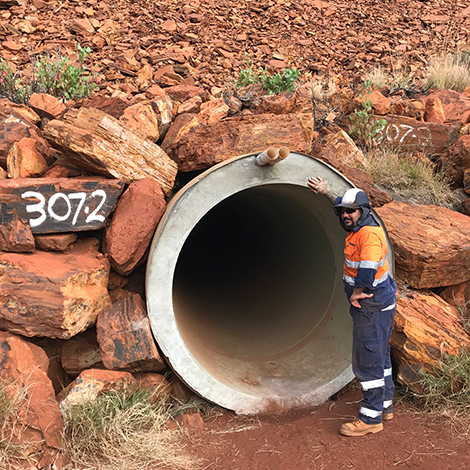Slip lining, a method of replacing a damaged or deteriorated pipeline with a new pipe, is a tried-and-tested example of a low impact trenchless solution. Suitable for pipelines of almost every size, slip lining results in a brand-new pipe or culvert asset.
Performed by pulling a smaller diameter pipe through an existing pipeline, slip lining is a low impact alternative to digging up and relaying a damaged pipe. In small diameter pipelines, the new pipe is typically a standard polyethylene pipe. In larger sizes, glass reinforced plastic pipe may be used.
If needed, the anulus between the two pipes can be grouted. This is common in culvert rehabilitation to secure the new pipe in place.
Slip lining is an effective solution when networks can accommodate a reduced internal pipe diameter. It results in a brand-new pipeline without the need for open cut excavation, avoiding disturbance to the surface and minimising disruption to residents.
Other benefits include:
Enquire about slip lining.

